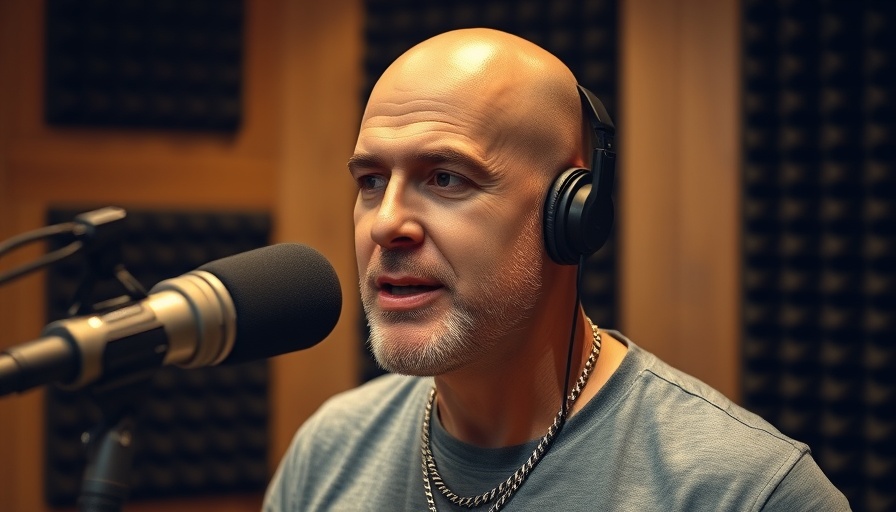
The Aging Muscle Dilemma: Why Muscle Matters More Than Ever
As we age, our bodies undergo significant changes, particularly when it comes to muscle mass. This is an issue that everyone over 25 should start considering seriously. Recent discussions emphasize that muscle mass peaks around the age of 30, and it only goes downhill from there. This decline varies depending on our activity levels—active individuals experience a slower decline, while sedentary lifestyles lead to a marked decrease in muscle strength and mass.
In 'What's Your Muscle Loss Trajectory?', the discussion sheds light on the aging process and its impact on muscle health, prompting this deeper examination of how we can proactively address muscle loss.
The Importance of Muscle Health
Understanding muscle health is crucial, particularly for those entering their 50s or beyond. Muscle is essential not just for strength; it plays a critical role in overall metabolism, energy levels, and even immunity. A muscle mass decline can lead to numerous health issues, including increased injuries and a decreased ability to fight off illnesses. For many individuals, muscle health is a connection to maintaining independence as they age.
Understanding the Decline: What the Data Shows
Graphs depicting muscle mass decline often smooth out what is actually a varied experience at the individual level. While population averages might present a gradual decline, many face sharp drops in muscle strength and activity due to unhealthy habits or injuries. This highlights the importance of not just starting but maintaining an active lifestyle long before the effects of aging become prominent.
Avoiding Injury: The Key to Sustaining Muscle Mass
One critical insight from experts is that avoiding inactivity, particularly through injury, is the cornerstone of muscle maintenance. Strategies to ensure safety while exercising should be the top priority for anyone over 50. Exercises specifically suited for this age demographic can help in retaining muscle strength, improve balance, and bring about functional improvements in daily activities.
Take Action: Strategies for Maintaining Muscle Health
Don’t wait until you see a decline in your muscle health. Start incorporating regular exercise into your routine today. This can include strength training, which is immensely beneficial for muscle retention. Alongside physical activity, consider nutritional approaches like protein-rich diets, anti-inflammatory foods, and immune-boosting supplements. The combination of regular exercise and a balanced diet can fundamentally change how we age.
Exploring Natural Supplements and Nutritional Boosters
In addition to exercise, focusing on nutrition can significantly aid in maintaining muscle mass. Incorporating foods rich in vitamins and minerals can help support muscle repair and growth. Prioritize foods high in protein and healthy fats, and consider natural supplements that promote joint health and muscle recovery. Probiotics, omega-3 fatty acids, and vitamins like D and C are excellent choices for enhancing overall wellness and muscle preservation.
The Power of Mindfulness: Stress Relief Strategies
It’s not all about the muscles. Mental health plays a vital role in maintaining physical health as we age. Incorporate mindfulness meditation or stress-relief strategies into your daily routines. Managing stress effectively can lead to better health outcomes and can prevent further physical decline associated with inactivity caused by emotional and mental barriers.
Conclusion: Prioritize Your Muscle Health Today
To summarize, understanding how we gain and lose muscle as we age is critical in developing lifelong fitness and health habits. By staying active, keeping mentally engaged, and focusing on nutrition today, we set ourselves up to maintain a healthier body as we grow older. Don’t let age dictate your muscle health—take steps now to ensure a vibrant and active later life.
 Add Row
Add Row  Add
Add 




 Add Row
Add Row  Add
Add 


Write A Comment